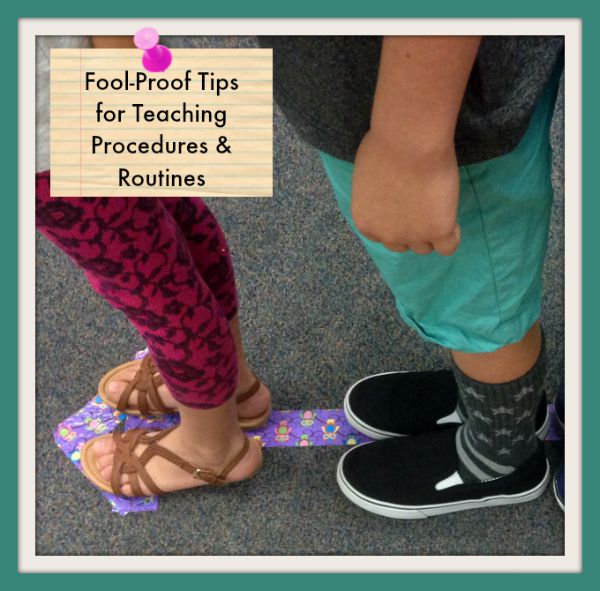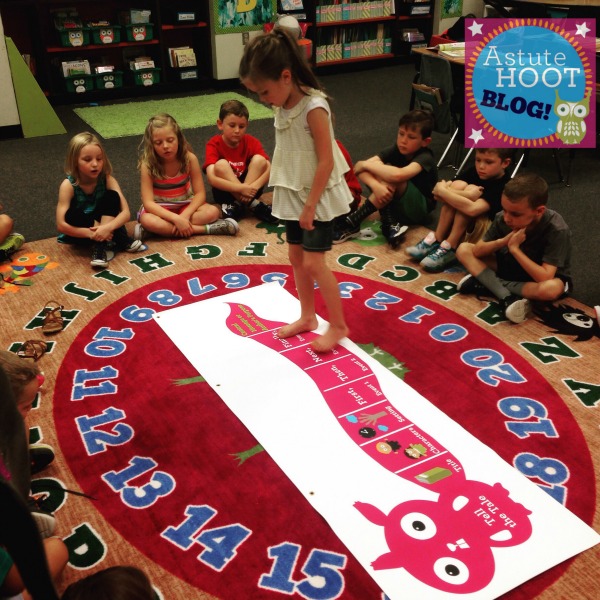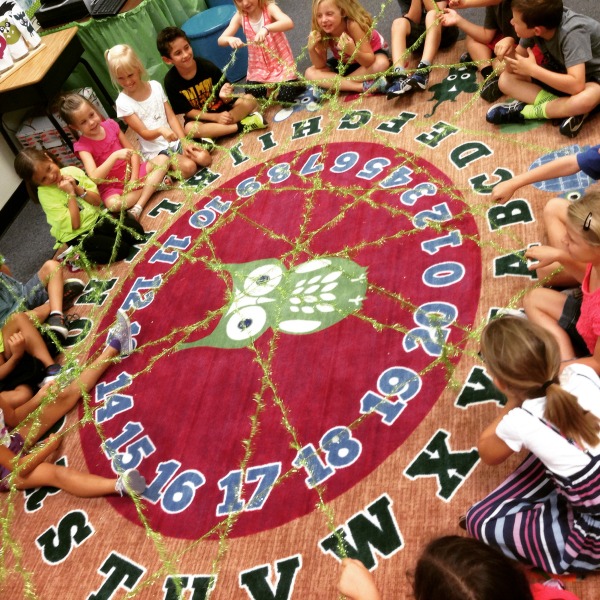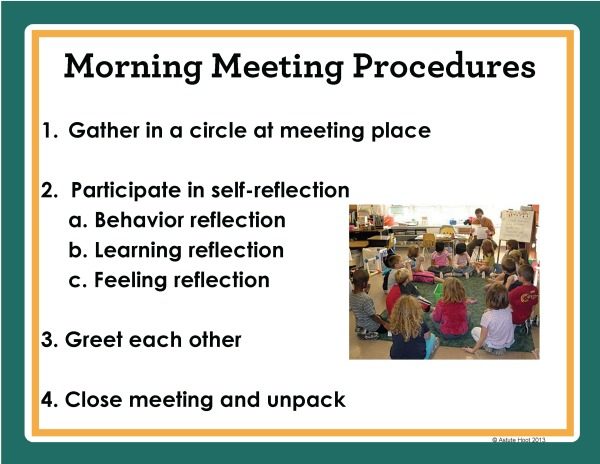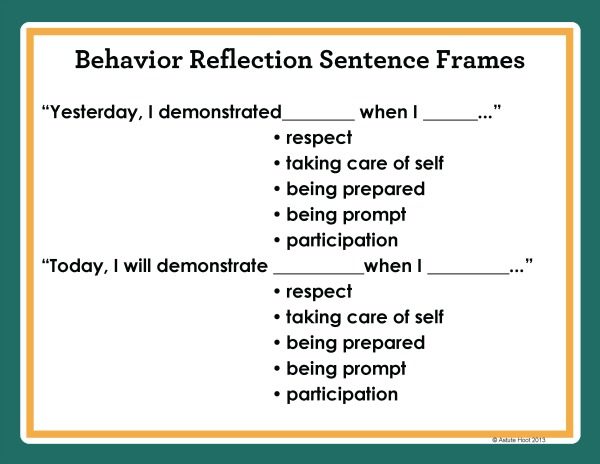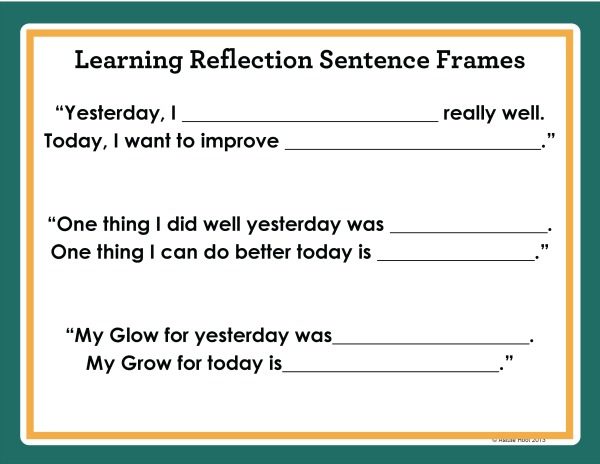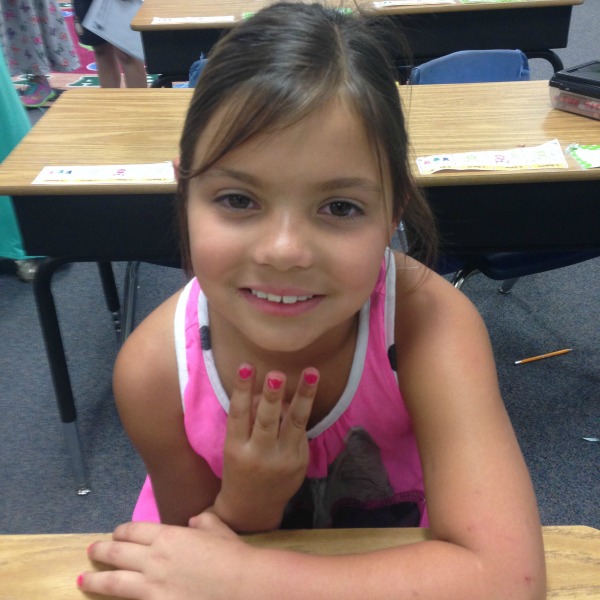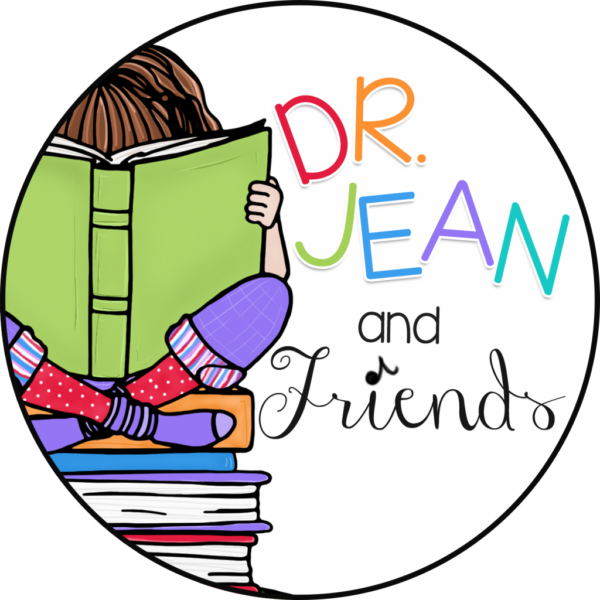Fool-Proof Tips for Teaching Procedures & Routines
You know that feeling of excitement you feel when you spot a cute new idea on Pinterest? Those all-too-familiar thoughts run through your mind. “It looks so easy, there aren’t that many materials, how hard could it be?” Yet despite your best intentions (and a few hours of your life you’ll never get back), you experience that dreaded Pinterest fail.
Just like that cute Pinterest project, we all start the new school year with the best intentions and high expectations. However, the beginning of the year can evoke that same dreaded Pinterest fail feeling. I remember thinking, “Why aren’t students listening to me? Why can’t they unpack quietly? Can’t they just sit at the carpet? I’m telling them to do these things, but they aren’t.” What I failed to realize is that I wasn’t teaching students how to perform these routines and procedures and I was setting myself up for failure.
Those wonky Pinterest cupcakes can easily be thrown in the garbage and remade, but those first few days are the most valuable time in the whole school year. This precious time shapes expectations, behaviors, and routines for the rest of the year. Invest up front with practicing key procedures during the first few weeks of school and this investment will be returned to you tenfold throughout the year. Students will clearly understand expectations, behavior problems will be eliminated, and instructional time will be maximized. Nail those first few days using 3 of our tried-and-true, fool-proof tips for teaching key procedures and routines.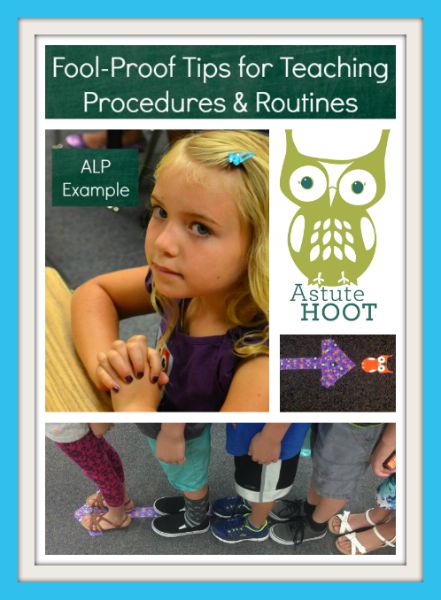
1. Teach Active Listening: Listening, like any other concept or skill, must be explained, modeled, practiced and reinforced, especially the first few weeks of school. Students must know what listening looks like, sounds like and feels like. First, create a common definition of active listening. To do this, I give each student 3 colored Post-Its. On the first Post-It, I ask them to write down what active listening looks like. I call students up to the board and each student shares while I sort and label students’ responses. After all have shared, we come up with a consensus and repeat the process for the sounds like and feels like indicators. I record these on my Good Listening Poster. Next, we practice active listening indicators. I share my Alert Listening Position (ALP) poem that teaches specific active listening behaviors and we practice these behaviors several times. Students are actively engaged in learning as they chant the second line of each stanza and model the listening behaviors with their bodies. We also practice non-ALP behaviors such as slumping in seat, head on desk, no eye contact so students can understand non-examples. While we are practicing, I rove the room and take pictures of excellent ALP examples and post to my ALP poem to use as visual reminders of expected behaviors. Students also get a copy of the ALP poem and add visual cues to help them remember active listening expectations.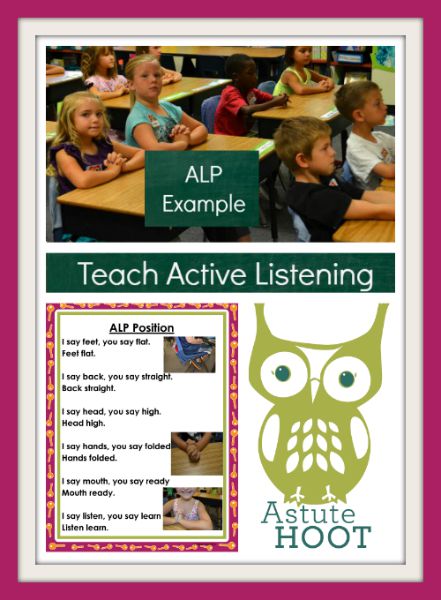
2. Perfect (Un)Packing Procedures: Unpacking and packing up can be a laborious, timely chore that can lead to a huge waste of instructional time. Students who have trouble staying focused often forget items or get lost during this time because they may struggle keeping track of this multi-step procedure. To teach this critical procedure, I select an unpacking/packing up song that I play every day the entire year. Students become familiar with the timing and lyrics and can use this to gauge how much time they have left to complete this procedure. I use Pharrell’s “Happy” as our unpacking song and it is a hit with the kids.I also create a visual checklist of all of the items needed to unpack and pack up. I use this visual checklist to model each specific step, one step at a time. I show the students how to do it and then start the music and let them do it. Have students freeze when done with that specific step. Then, refer to the visual checklist for the next. Be sure to set expectations for completion. Explain what students should do when they finish unpacking or packing up or else they will wander, talk, or dig in their desk. I tell my students to sit at their desks with an ALP and always praise those who unpack or pack up efficiently and redirect those who need a little extra help. Students will need a lot of modeling, practice, and reinforcement as they learn these new procedures. During the first week, I have students unpack and pack up with me, step by step. I gradually reduce the assistance, reviewing the visual checklist, and watching the students as they unpack/pack up. I stand in high traffic areas, reminding them to stay in a line or wait until person is done before putting water bottle away. I pick a couple of role models who demonstrate excellent unpacking skills and have these students model the specific behavior(s) to the class. By the end of the second week or start of the third week, students should be able to unpack/pack up independently using the visual checklist and music to assist as needed.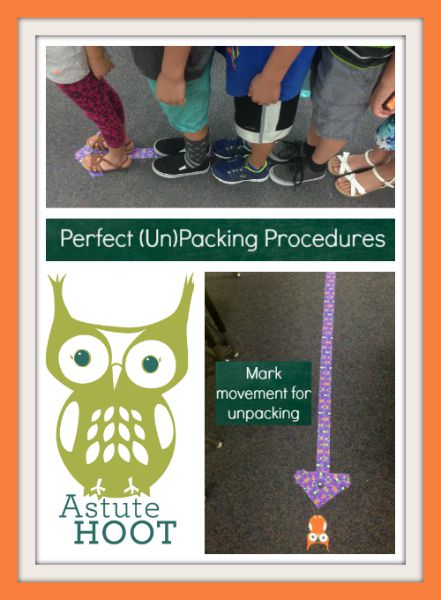
3. Gather at the Carpet Area: Assign each student a seat on the carpet area. I measure the space needed for each student and then add a self-adhesive label with child’s name on the carpet. Be sure to put students who have vision issues or behavior issues up front as a support. Model how to stand up, push in the chair, and walk quickly and quietly over to the carpet area. Name students in the first row in order, and have them walk over to the row and sit down in criss-cross position. Repeat for the rest of the rows, giving praise for specific behaviors. Model returning to desks and then call rows one at a time back to desks. Practice this procedure several times over the first few weeks. When students are proficient with this, remove the labels. 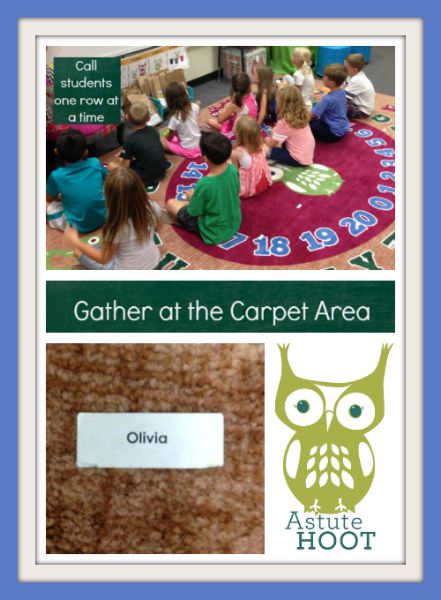
Are you overwhelmed with the thought of all of the routines, procedures and transitions you need to teach your students at the beginning of the year? Our Back to School Teacher Toolbox has everything you need to create an efficient classroom. This Toolbox contains engaging, colorful resources and activities that explain how to model, practice and reinforce important routines such as moving in the classroom, gathering materials, cleaning up, freezing at teacher’s signal, lining up, and tightening transitions.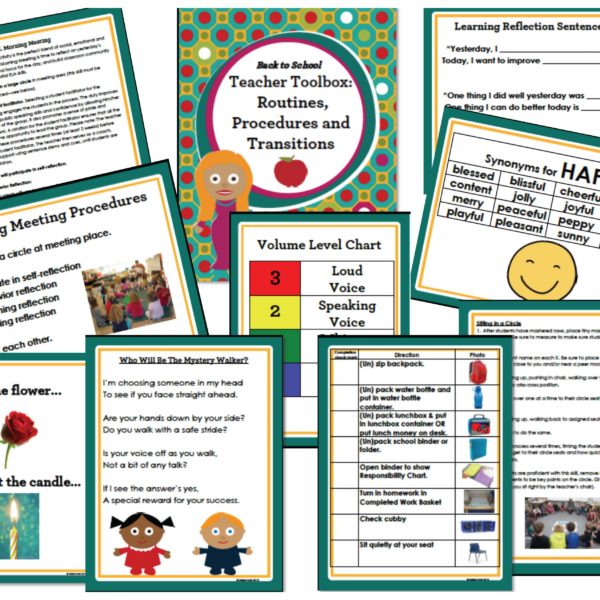
Work smarter, not harder with our ready-to-use back to school lessons and activities. Happy New Year!
- FREE Top Ten Tools for Back to School
- Best of Back to School Lesson Plans and Activities
- Back to School Toolbox: Routines, Procedures and Transitions
- Classroom Management System: Rules, Consequences and Rewards


